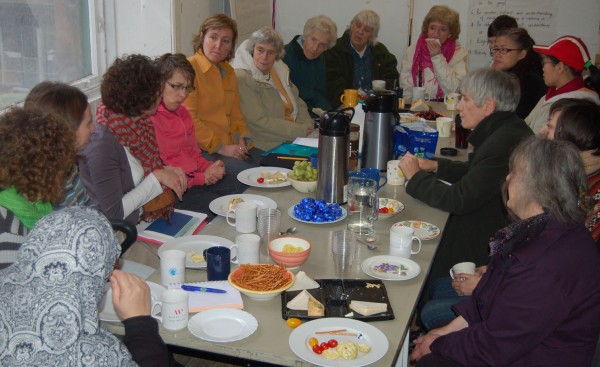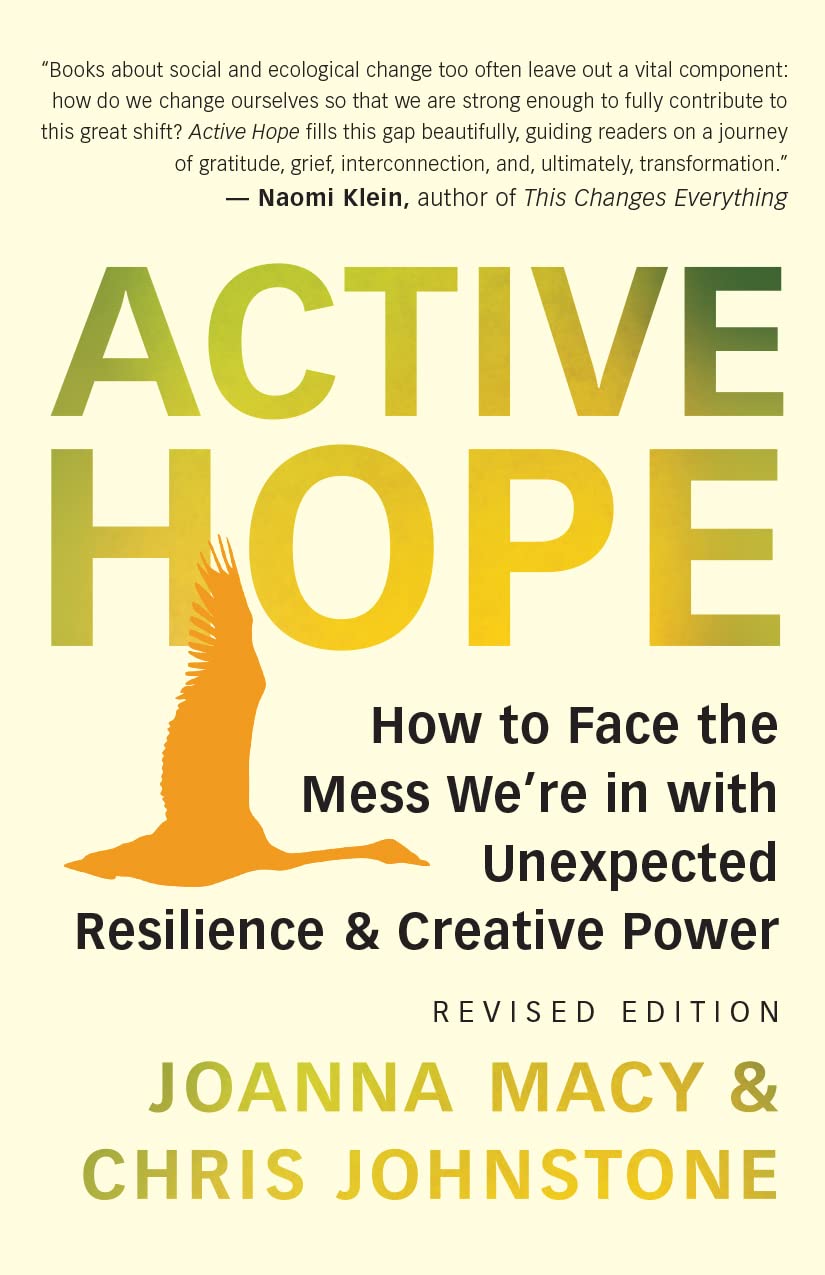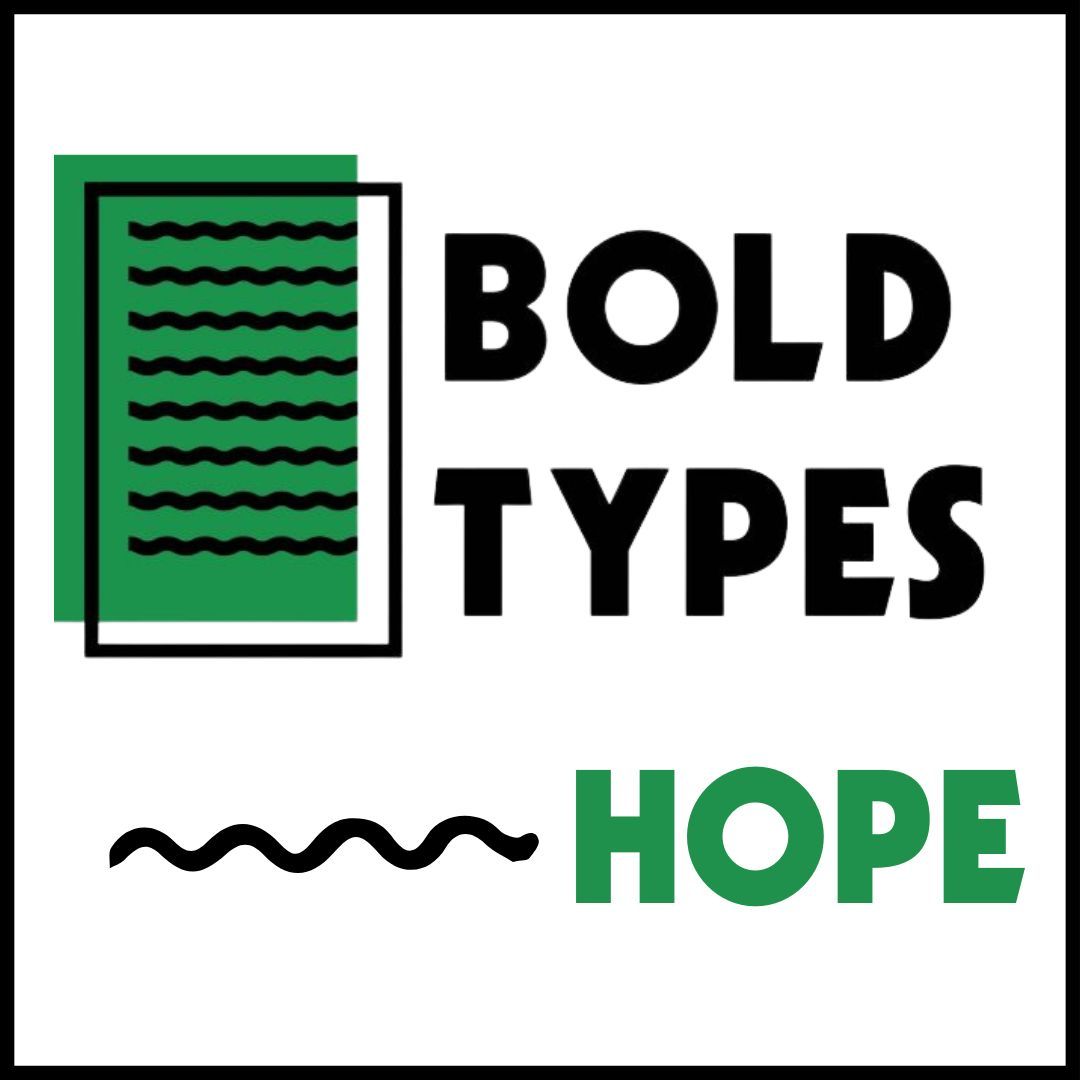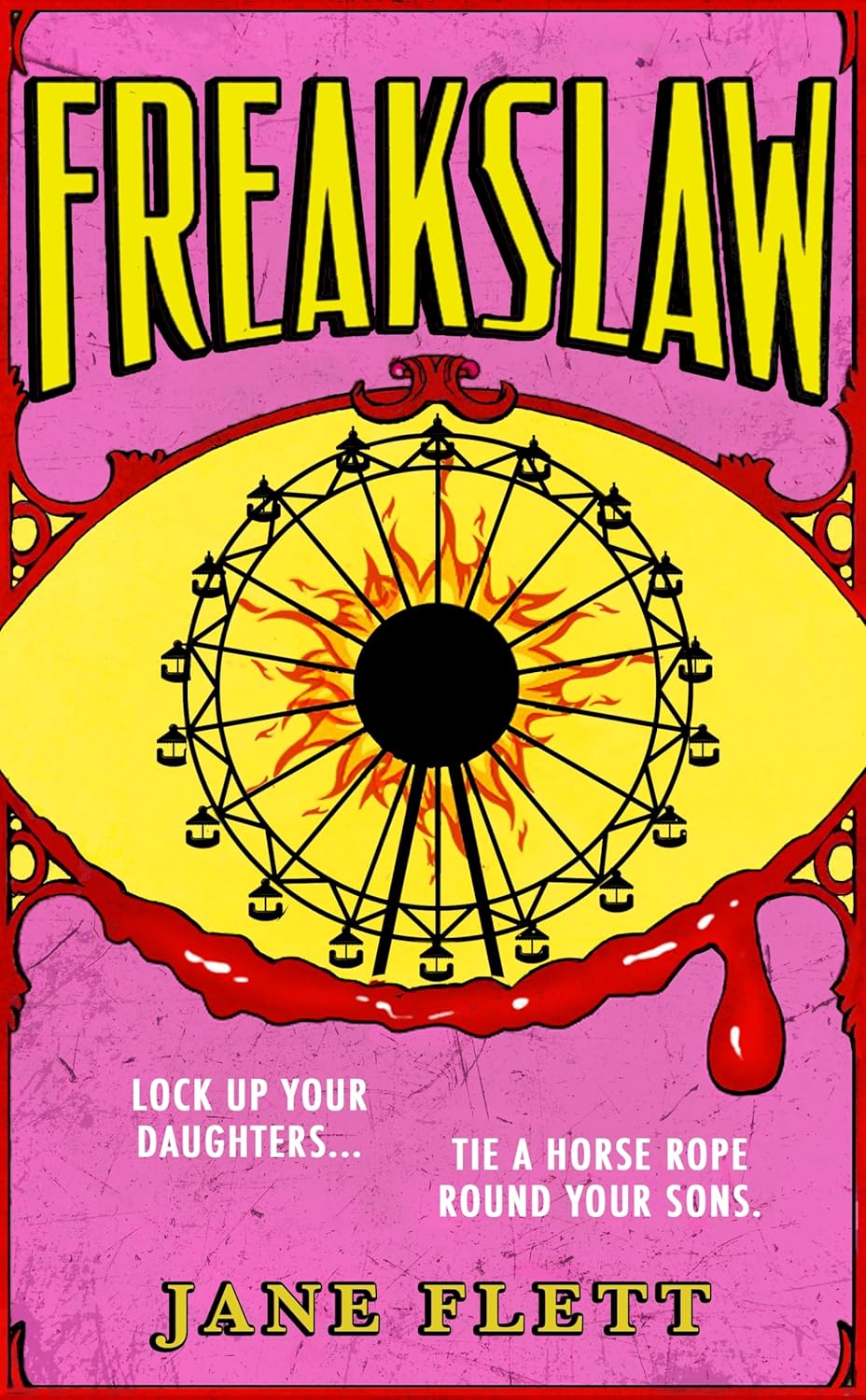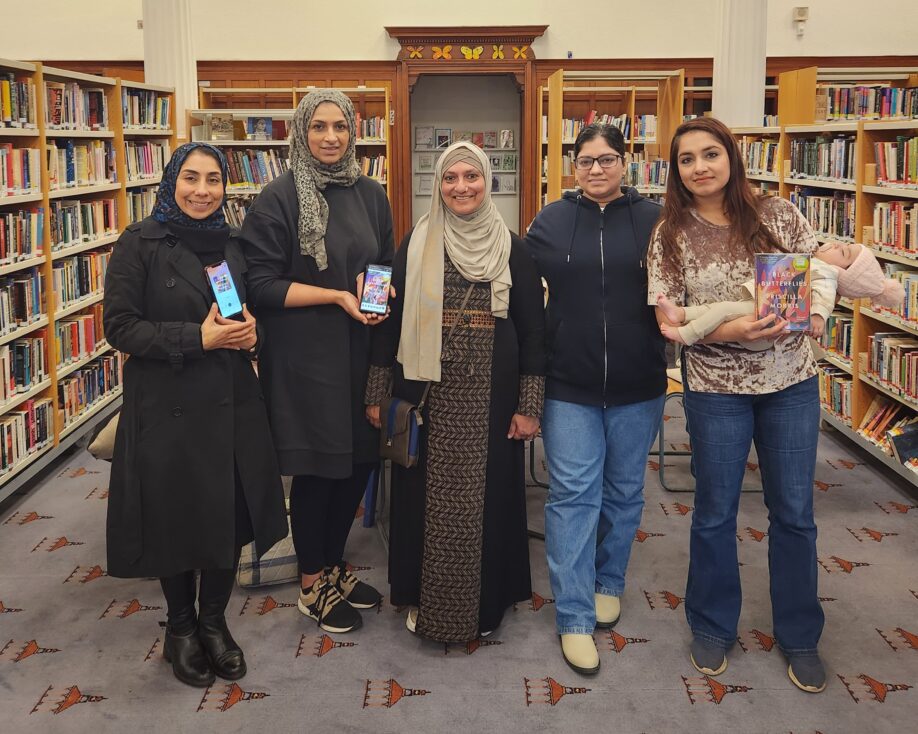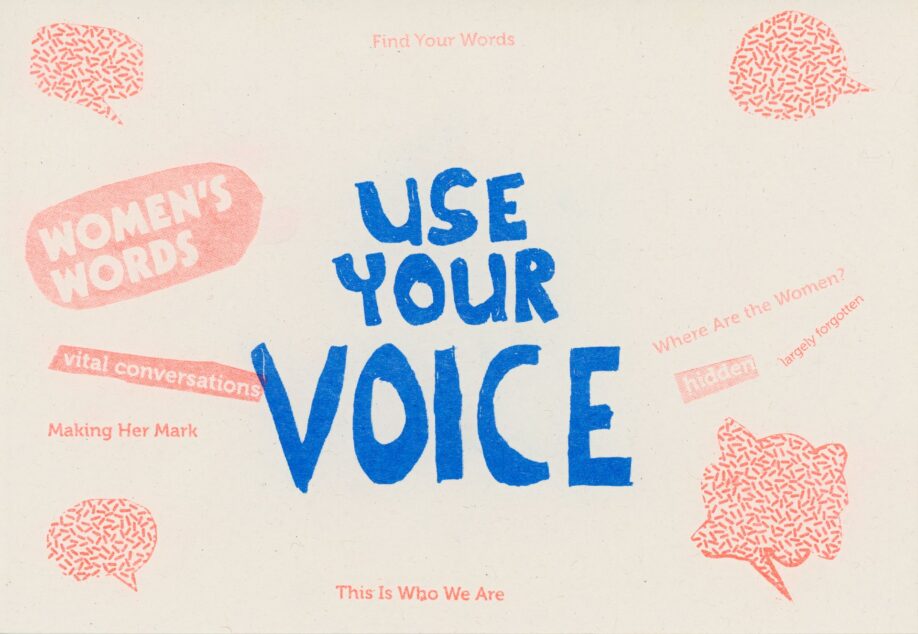In my previous blog on Nicky’s project, I wrote about the unique sounds of the Women’s Library in terms of archive ambience, the gentle rhythms of library labour, the steady buzz of human passage. Nicky is interested in creating a sound archive of the Women’s Library, so recording these familiar noises was the most obvious place to start.
What next?
Which sounds would we say help to sum up the Women’s Library? Which sounds deserve a place in the Women’s Library archives?
Let me start by saying: I am not going to open a discussion on archives in this blog. Firstly, because my knowledge of archives and archival theory is limited to what I have learned from Hannah; secondly, because such a discussion would require its own blog, perhaps its own website (sorry Helen!). But it is important to touch on why our archives exist – whose histories do they record and preserve? What treasures do they hold in their controlled-temperature-cool embrace?
Glasgow Women’s Library is rather pleased with our collection of feminist badges from the 70s and 80s; we tell anyone who’ll listen about our umbrella stand that was painted by incarcerated suffragettes; we are appropriately proud of our own beginnings and the necessary actions taken by our founding-mothers in their ongoing fight for women and equality.
What’s missing?
But there is a glaring absence – even in this appallingly patchy catalogue. I have not listed YOU amongst our prized possessions: your stories, your personal achievements, your contributions to Glasgow Women’s Library’s remarkable history. We would be nothing without you, and we believe that your stories are invaluable additions to our archives.
After spending time at the Library, Nicky understood that no sound archive could be complete without including recordings of GWL women. Tightening the links between the archives, our learners and library users, and their personal lives, Nicky decided to ask the Making Space group the following questions:
If you had to pick one object from your personal possessions to save, what would it be and why? It can be anything as long as it holds a story for you that you are willing to share.
If you had to pick one object from your personal possessions to donate to the GWL archives, what would it be and why? It can be anything as long as it holds a history that you feel is important.
Is there something you wish you had kept, but didn’t?
What did we learn?
I am sure you can imagine the rich and varied answers Nicky received, all of which were captured to be used in her work. It was wonderful listening to the women sharing family histories and personal memories; learning so much about each other in a few hours. What was particularly interesting was that however different our backgrounds and life experiences (and we really were a diverse bunch), the objects that we treasured had lots of similarities. Common to us all included: items that our grandmothers used or wore; photographs; crafts; many mementos of the work that women do and have always done. It is worth noting that almost all of us brought in objects relating to our female relatives, though this was not a requirement stated in Nicky’s questions.
So?
One of the happy results of these exercises is the feeling that we all have something worthwhile to share; we all have interesting or admirable relatives, whether they were spies, seamstresses, schoolteachers, stay-at-home-mums, or scandalous sexpots! Maybe your great-grand-aunt didn’t change the course of world history, but she made a difference to your life, and you have made a difference to us. In A Room of One’s Own, Virginia Woolf writes: “we think back through our mothers if we are women” – I hear this maxim echoing through the GWL archives, it is the background whisper in Nicky’s sound work.
